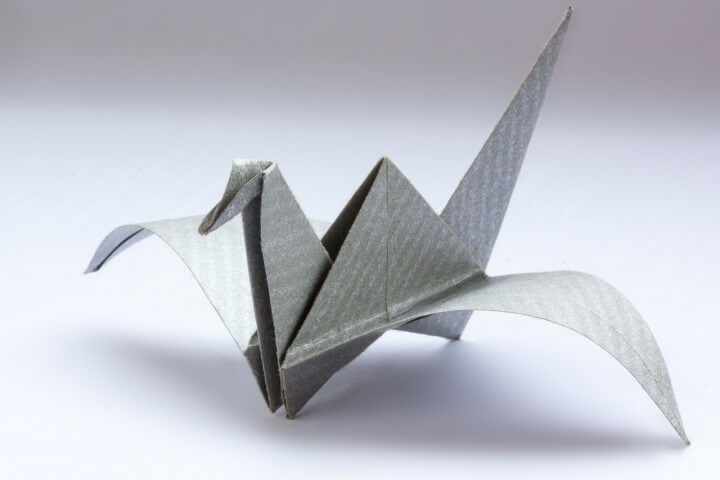
Origami is a hobby that many people have tried, casually, at one time or another, either in school or maybe at an art festival. As with anything in life, there are people who learn quickly, picking up the technique as though they were born to do it and, consequently, enjoy it immensely; there are also people that have a hard time mastering even the simplest of origami shapes. When you are have a difficult time folding an origami piece that is considered a beginner piece, it can get frustrating; however, it is important to be patient with yourself.
For many people, visualization is the most difficult part of the origami process. It can be challenging for a highly visual person to take written direction and visualize the finished origami piece or to be able to envision how a flat piece of paper can become a three dimensional work of art.
Fortunately, origami can be be simplified and there are many different ways to create origami characters. There are instructions that are accompanied by graphics or photos of each step in the process. You can even find free instructional videos and on the internet that can walk you through how to make an origami object in real time. Some origami enthusiasts enjoy experimenting with some of the most basic folding techniques to create totally new shapes. There is something for everyone who wants to learn how to do origami.
In origami there are basic folds and “bases.” By familiarizing yourself with these folds and bases, it will be easier to understand written instructions that may use this terminology. Some of the most basic folds to learn are called:
* Valley fold
* Petal fold
* Mountain fold
* Rabbit ear
* Squash fold
* Reverse fold
* Crimp
* Sink
* Hamburger/hot dog/taco fold
Once you have the folds down, you can learn what the bases of origami are. Here are the fundamental bases to familiarize yourself with:
* Preliminary base
* Bird base
* Waterbomb base
* Fish base
Folds and bases are not everything when it comes to origami. The paper that you use is as important, if not more so, than any technique that you learn because origami demands perfectly square paper. So, even if you follow all of the folding steps perfectly, using the wrong kind of paper may make it impossible to create the shape that you were striving for. Here are some vital things that you must remember when choosing and using paper for your origami creations:
* Origami paper should be perfectly square. If the paper is not perfectly square, the corners will not match up when the paper is folded and the integrity of the shape will be compromised, if not ruined altogether. Your shape will likely be impossible to make.
* Origami paper is thinner than regular printer paper. The thinner paper makes it easier to make the multiple folds required of origami shapes and to manipulate the paper in the manner in which origami demands it be folded and otherwise manipulated, in order to obtain the right curves of the shape.
* Origami paper is often colored or patterned; this is intended to make it easier to keep track of your sides and folds. It is also aesthetically appealing. Make sure that you start your origami shape with the right side of the paper up so that, by the time you are finished with your creation, it does not look like it is inside out. You could also stick to double sided paper until you get the hang of which side to start on.
Remember that, not unlike anything else you are trying for the first time, you very likely will make mistakes. You will probably fold and re-fold the crease or piece of paper many times before you get it right, depending upon the origami figure you are working on. Do not be disappointed. If you do not grasp origami as quickly as you would like, put it down and try it again later. Sometimes taking a break and coming back helps you focus. Perhaps having someone to show you some simple steps that can help make the whole origami process not only easier but also more enjoyable.

Leave a Reply